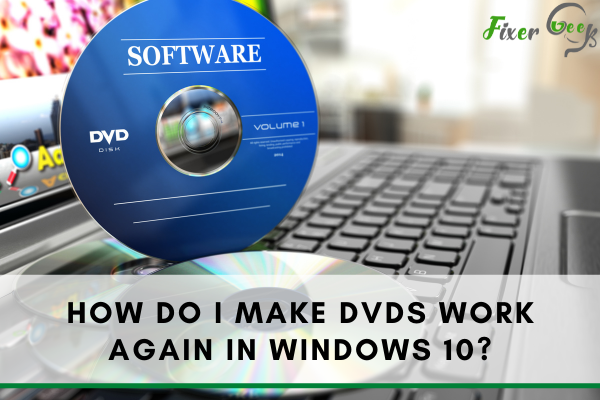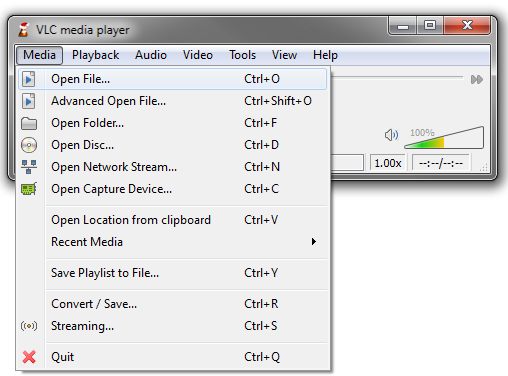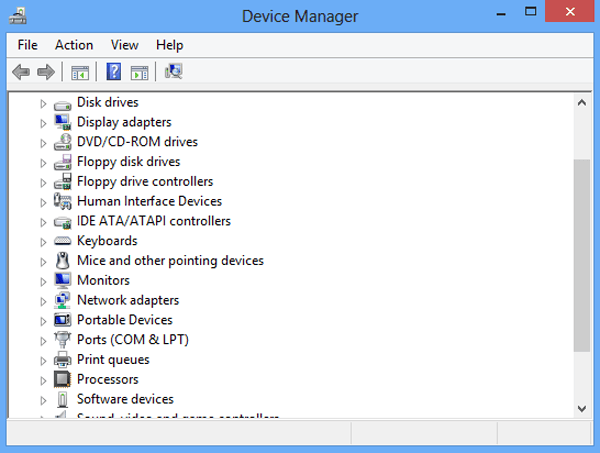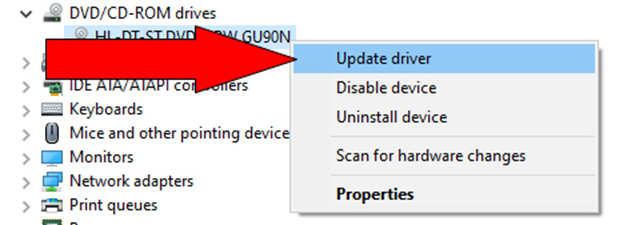DVDs are a brilliant invention, and the proliferation of their popularity over the years has meant they’re capable of storing plenty of data — up to 4.7GB of data, in fact. This is because DVDs use a different form of technology called “blue laser”, which can hold much more information than ordinary DVDs before being chewed up by your DVD drive. So your DVDs are probably working fine, but maybe you want to start ripping them to an external hard drive for easy access? If so, keep reading!

It is common to encounter a problem where your DVD does not play on your Windows 10 PC. You might try ejecting it and re-inserting it, but sometimes it still doesn't work. How do you solve this?
Before solving the issue, it is essential to understand what is causing it in the first place. First, it could be that your Windows 10 software package lacks proper DVD playback software. Second, it could be that there is something wrong with the DVD or CD you are looking to play.
Third, it could be you are inserting the wrong type of disc. For example, your computer or laptop could have a CD-only drive. If you try playing a DVD on this, it won't work.
Fourth, it could be a faulty Windows update. Windows 10 always updates itself regularly. Sometimes, these updates force themselves on your computer and could result in it bringing about unexpected problems.
Lastly, it could be your DVD drive is malfunctioning because of another app. Downloading apps could sometimes cause conflict with existing hardware and software.
So, how do you solve this problem? Here are tips to help you:
Use a third-party DVD player
Note that Microsoft did away with the built-in DVD video player support for Windows 10. Therefore, playing a DVD is more likely to troubleshoot in Windows 10 than other versions.
However, Microsoft did publish a new DVD player to fill the place. Unfortunately, the DVD player has a low rating as it could cause some significant errors.
Therefore, we recommend using a VLC player. It is a third-party player that supports DVDs and is free. Once you download VLC, click on the Media option, and choose Open Disc and play your DVD.

Check if something is wrong with your DVD drive
You will have a fully functional DVD player support in some cases, but your DVD still won't play. Sometimes it could be that something is wrong with the DVD or CD drive.
To identify if anything is wrong, start by checking your device status under the device manager. To open it, simultaneously press Win+X keys. A pop up will come and click on the option "Device Manager."

Once it opens, choose the category "CD-ROM/DVD" to expand the tab. If your DVD/CD is functioning normally, it will appear as follows.
On the other hand, if your DVD drive shows a red X, blue "I," or a yellow exclamation mark, it indicates something could be wrong. Thus, you will either need to update your driver or reinstall it.

A red X shows that the driver is currently disabled. Thus, the device is in the system and acknowledged to be present, but it doesn't have a driver pack. Alternatively, it could mean the driver is present but isn't functioning normally.
When the system shows a blue "I" resting on a white background, it shows that the device operates on a manual configuration instead of automatic settings. It is not a problem but is an indication of a different configuration being used.
If you see a yellow triangle and an exclamation mark on the triangle's inside, it shows a problem state. Thus, the device could be functioning but has an underlying problem. The nature of the problem will be explained besides the problem code.
Can't find the CD-ROM/DVD option under the device manager?
Some computers have a unique setting, and you might miss the DVD category option under the device manager. If you can't find it, try these steps:
- Open command prompt as an administrator
- Type in a DVD command
- Reboot your machine
- Try opening the device manager again and check if you can now see the DVD drive option
If all of the methods above did not work, it might be a defective drive or a faulty cable connection. Always check the connections thoroughly. Alternatively, you can also test other drives. If necessary, reach out to the device manufacturer and ask for help.
Summary: Do I make DVDs work again in Windows 10
- If it's not a problem with your DVD drive, then most of the time it is software that is the problem.
- You will need to download the VLC Media Player which you can get from here: http://www.videolan.org/vlc/
- Once downloaded you will have to install it on your computer and once done, open up Windows Explorer and right click to open up the DVD with this player (look for an option like 'play in VLC')
- If it plays properly, your problem is likely to be fixed.
- You need just to set VLC as the default player for DVDs.
- Click on Start and then go to Settings, Devices, Auto Play and scroll down in the list of media types till you see 'DVD'.
- Change it from there and save. Your discs should now work automatically.
- Check if there is something wrong with your DVD drive or download a new player.